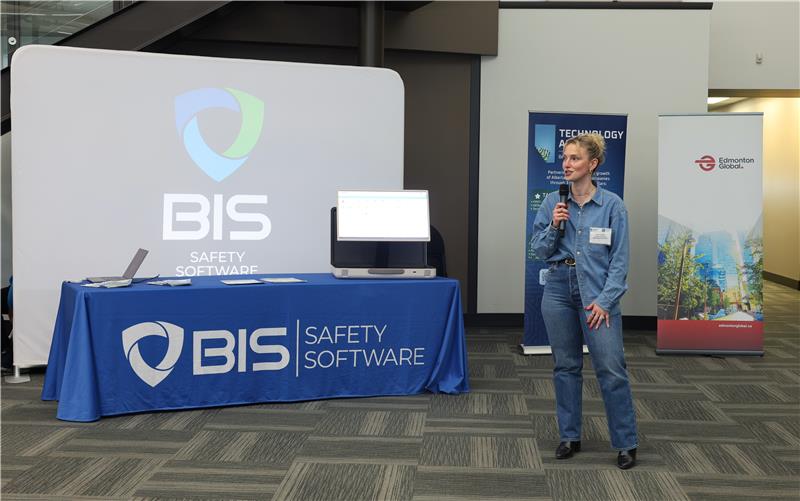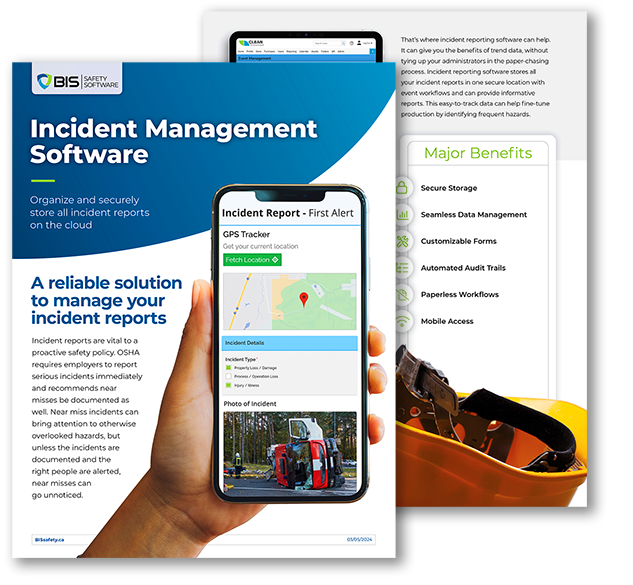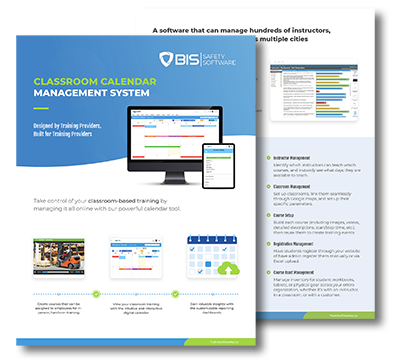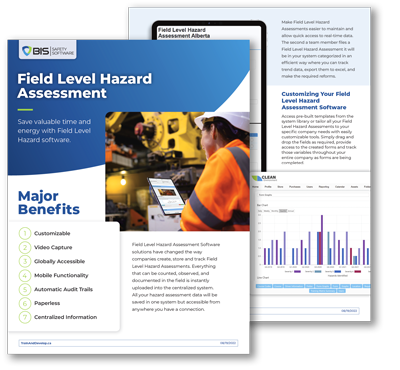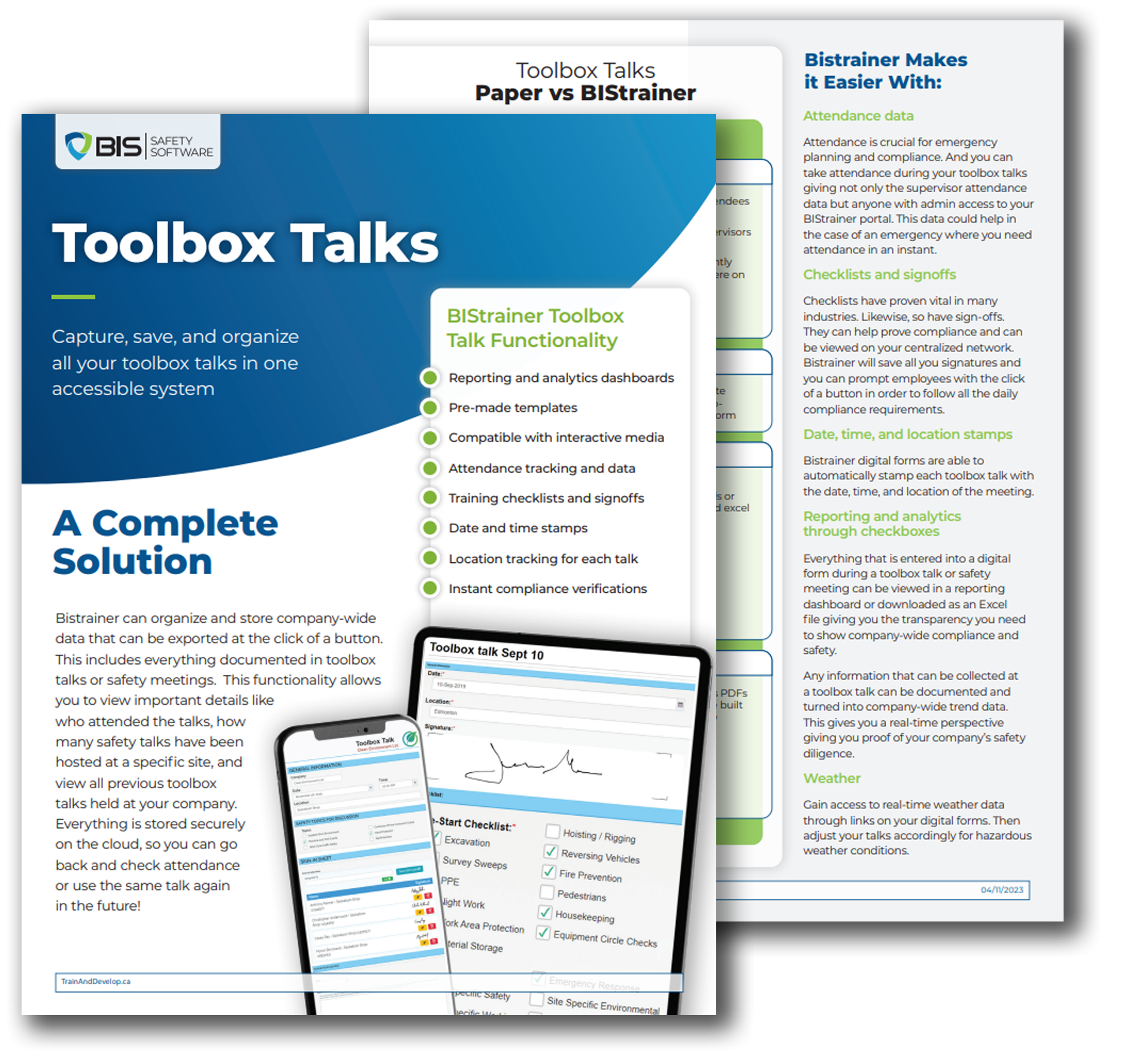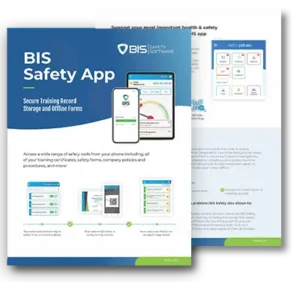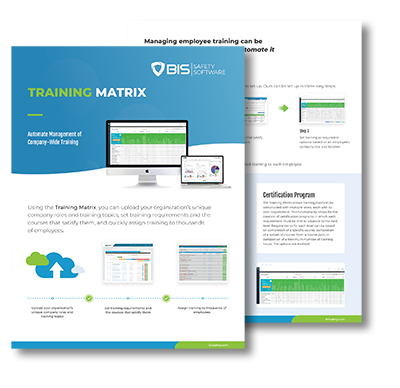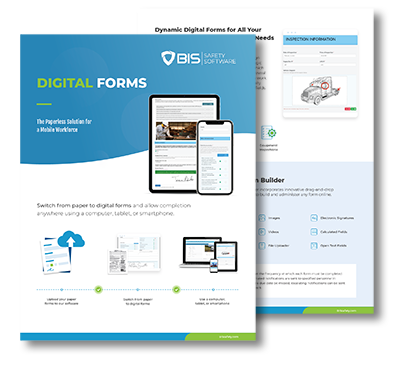BIS Safety Software
Basic Electrical Safety Awareness
Engaging in electricity-related tasks is among the riskiest occupations in our field. Every year in Canada, between 600 and 800 incidents involving electricity occur, and some even result in fatalities. To combat this, the Canadian Standards Association and the NFPA have created a new standard focusing on electrical safety.

Electricity-related work is among the riskiest in our field. Every year in Canada, between 600 and 800 incidents involving electricity occur, and some even result in fatalities. The Canadian Standards Association and the NFPA have created a new standard focusing on electrical safety to decrease this number.
The CSA Z462 , Workplace Electrical Safety and the NFPA 70E Electrical Safety in the Work Place are designed to protect electrical workers, offering guidelines to employers about the qualifications necessary for electrical work and warning against permitting unqualified individuals within hazardous boundaries.
Electricity is a dangerous force. Approximately 10 milliamps (mA) of current is enough to cause skin burns and blisters. Around 20 mA of current can cause difficulties in breathing and inability to release the electric circuit or tool causing the shock, while 75 mA of current flowing through the chest area can lead to ventricular fibrillation of the heart, a fast, irregular heartbeat that can be fatal within minutes. Moreover, severe burns and muscle damage can occur – a few amps can cause irreversible bodily harm. Humans are designed to handle only 5 or 6 mA, yet the typical over-current at which a fuse or circuit breaker opens a circuit is 15,000 mA.
This instructional module will concentrate on the risks involved with working around and with electrical equipment.
Through this instructional session, you will gain knowledge on:
- Preventability of Accidents
- Who is at Risk
- Electrical Hazards
- Introduction to Arc Flash Research
- Arc Flash Hazard Awareness
- Energy Flow and Barriers
- Electricity and its Impact on the Body
- Personal Protective Equipment
- Identification and Assessment of Hazards
- Approach Boundaries
Compliance Regulations
- Occupational Health and Safety Act and Regulations
- Provincial and State Regulations
- CSA Standard Z460 Control of Hazardous Energy
- Canadian and National Electrical Code
- CSA Z462 Workplace Electrical Safety
- NFPA 70E Electrical Safety in the Work Place
Who Should Attend
This course, Basic Electrical Safety Awareness, is primarily intended for Non-Electrical workers and those exposed to electrical hazards or who work around electricity.
Skills Development
Upon completion of this training, the participant will have a heightened awareness of electrical hazards.
Reference Materials
CSA Z462-12 Workplace Electrical Safety
NFPA 70E Electrical Safety in the Work Place
Completion of this course qualifies for Continuing Education Unit Credits (CEU).
Approximately 1 hour
To reinforce the information presented, testing is conducted throughout this online Basic Electrical Safety Awareness course. To pass this course, a mark of 80% must be achieved. The course can be taken three times in an attempt to achieve the pass mark. Comprehensive student manuals are available for printing as valuable resources for future use and knowledge retention.
Upon successful completion of this online course, a certificate of completion will be available for download and printing.
Course Details
Course Length
This course will take roughly 60 minutes
Passing Mark
To pass this training course, you need to score 100% or higher on the quiz
Certificate
Upon the successful completion of this course a certificate with your name will be stored on your profile and available to print
Additional Training Courses

Airborne Diseases: You Need to Know
Ensuring safety when faced with possible exposure to blood-borne or airborne pathogens is critical in maintaining the health of your workforce. This program will...

Weights and Dimensions
The Commercial Vehicle Weights and Dimensions course helps drivers and operators understand Canada’s federal and provincial regulations for truck size and weight. Learners will...

Sideboom Operator
Our Sideboom Operator online course, focusing on safety theory training, has been specifically created to guide you into becoming an efficient operator. The course...







